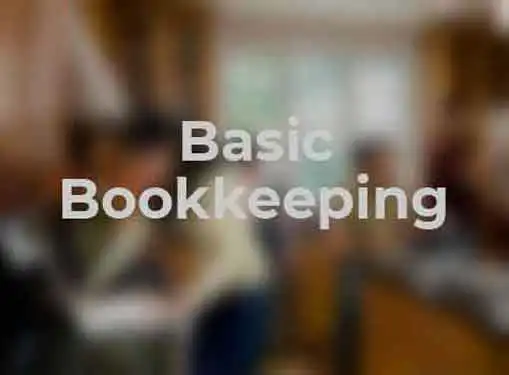Accounting for Entrepreneurs
Basic Bookkeeping
Written by Samuel Muriithi for Gaebler Ventures
Successful business owners are such that they personally handle their recordkeeping and bookkeeping requirements, or at least outsource these services. Basic bookkeeping skills should as a matter of priority be learnt by anyone with the intent of opening a business.
Entrepreneurs should make a point of handling their own bookkeeping requirements; this is more preferable to using accountants for the same purpose.

Though the bookkeeping process can be quite tedious sometimes, the basic principles are quite straightforward and with repeated practice these will be perfectly mastered. An entrepreneur who handles his/her own bookkeeping is better placed to know how healthy the financial condition of the business is.
The bookkeeping system is composed of the following parts:
- Sales Journal – Also called the receipts journal, this is a list of the revenues that the business has received on each day of activity. It displays the cash amounts received, any sales taxes paid, and charge account purchases.
- Disbursement Journal – This part of the bookkeeping system shows all the payments that were made by check on a given day, the expense incurred, and to whom the check was written.
- Accounts Payable Ledger – It displays a list of all the bills that the business needs to settle. The listing is done by account name. Also indicated here are the owed amounts, the date due, and the date when payment was actually done.
- Accounts Receivable Ledger – In a bookkeeping system this is a list of customers' names and what they owe the business having bought goods and/or services on credit terms.
- Furniture, Fixture, Equipment Ledger – It is here that every purchase of current or long-term assets is recorded. This is basically a list of the business' assets and the dates of their purchase.
- Notes Payable Ledger – All monies that have been borrowed for use by the business should be recorded. The records should provide details of from whom the funds were borrowed, the date when refund is due, any interest that is to be paid upon refund and any special refund/payment arrangements.
The use of a bookkeeping system will help the entrepreneur produce income statements and balance sheets that are roughly accurate. It is possible to compute the net profit by totaling the monthly sales receipt journals and disbursement journal columns. This basic bookkeeping system equation is represented as:
Sales – Purchases – Expenses = Net Operating Profits
Samuel Muriithi is a business owner in Nairobi, Kenya. He has extensive international business experience in the United States and India.
Share this article
Additional Resources for Entrepreneurs

Conversation Board
We greatly appreciate any advice you can provide on this topic. Please contribute your insights on this topic so others can benefit.